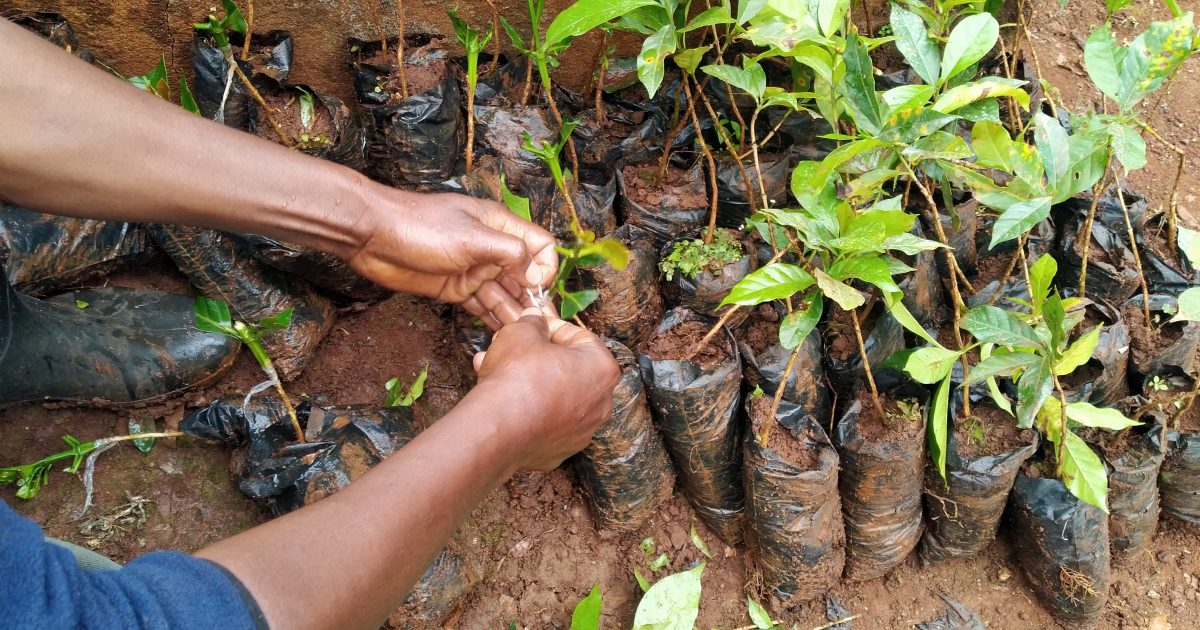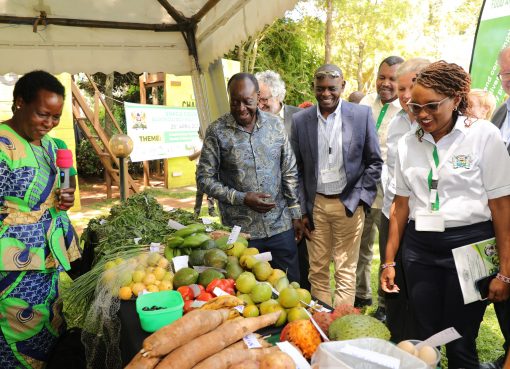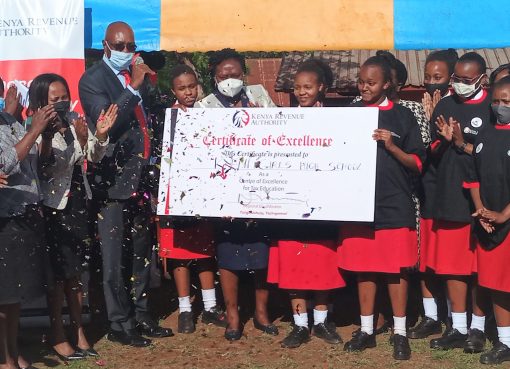Coffee farmers are being advised to consider conversion of their coffee trees through grafting to replace the old traditional varieties instead of uprooting them.
According to the Kenya Agricultural Livestock and Research Organization (KALRO) Coffee Research Institute (CRI), changing of coffee trees from generation to generation would take about three years to get any economic harvesting.
The Coffee Research Institute (CRI) has been working towards addressing this through conversion from old varieties to the new varieties.
Kenya old SL34, SL28 as well as KS7 varieties have been in the country since colonial days but CRI can now boast of new varieties Ruiru 11 and Batian that have restored confidence in Kenyan Coffee farmers after their release due to their being drought tolerant, improving production and also suitable for all growing altitudes in the Country.
Speaking to KNA at the CRI in Ruiru, Dr. Elijah Gichuru, the Institute Director noted specifically that the new varieties that is Batian and Ruiru 11 are also resistant to two main coffee diseases in Kenya, that is coffee berry disease and coffee leaf rust and therefore conversion of the new to the old would see farmers continue harvesting from some old stems even as they place the new ones to the point of bearing some berries.
“These new varieties that we have developed can be used to convert the old ones into the new varieties by grafting on top of the old stems as a process of changing of cycle,” he said.
Gichuru said that a farmer who already has the varieties in place, normally their first option would be to re-plant but this takes a lot of investment in terms of economy such as uprooting, buying the seedlings, digging new holes and also ensuring manure and much more making the plant take long to establish fully and thus making a farmer wait for almost three years for it to mature.
“Should a farmer have the old varieties that don’t have issues with the stems, it is still healthy, it is still ready for conversion for future and while converting to rejuvenate the plant, one will need to incorporate grafting so that the new generation of the canopies is no longer the old variety susceptible to diseases but a resistant plant which now saves you around 30 percent of the cost of production because it will not require spraying against diseases,” he said.
Gichuru said that at the CRI farm, they provide the scions that are the new plants grafted onto the older varieties in order to have a pure source of materials which in turn is sold from the farms to the farmers or producers.
“We also go to the field to raise a sucker to produce more of the suckers and this is what we call clonal gardens or nursery where farmers can harvest those tops for grafting in the field and this raises as the new generation of seedlings,” he said.
He noted that the institute also does on farm advisories where they are able to address other issues that the farmer can benefit from as they convert the varieties because of the need to sometimes re-arrange one’s farm again especially if they have to replant.
“We normally assess the health of the stems and improve on the technology in terms of knowledge of who does grafting. We also train especially the youths so that they can pick up that art of converting and if we have a good supply of seedlings and grafters in a certain location, they can all find a service,” he said.
Gichuru noted that the training of grafters creates employment for the youths especially who now can be able to take the service to the farmers grafting coffee in the field and this also becomes a business step within the value chain of coffee production.
Cooperatives, he noted, can identify youths who can be trained in coffee technologies including grafting, spraying and pruning and what the groups can be doing is that they would be hired by the coops societies and supervised to work within the catchment of the cooperatives and be paid.
“There are two ways they can do it and one is to bring that group to us and we do the impacting of that expertise from our Kenya coffee college and they use these facilities for practicals so that when they go back it is no longer theory but they have done it in real and they can do that in stages and the other group is the temporary workers who we give the skills and they can be able to provide the services outside,” he said.
If producers adopt those systems like cooperatives and institutions, Dr. Gichuru said then it will be possible to provide the farmers with more materials of a grouped variety and not in centralized locations but locality either by the county government institutions like agricultural training centers or cooperatives or other institutions like universities
Kenya’s acreage under coffee production has been decreasing by over 30 percent from about 170,000 hectares in early 1990s to about 119,000 hectares in 2020. The government has undertaken initiatives to address the declining production through coffee revitalization programmes in partnership with the World Bank.
Under phase 1, the project covers eight counties in the Central region namely Kiambu, Meru, Tharaka Nithi, Embu, Kirinyaga, Nyeri, Murang’a, and Machakos while phase two will cover other regions.
By Wangari Ndirangu





